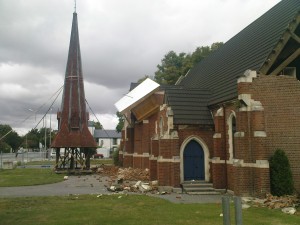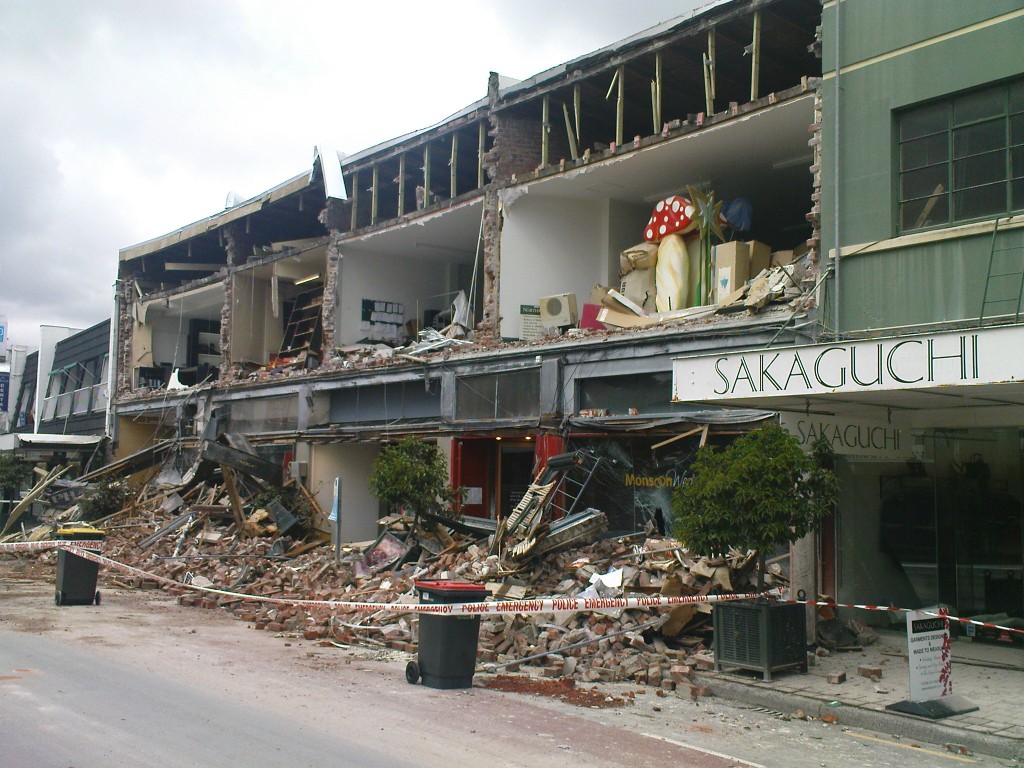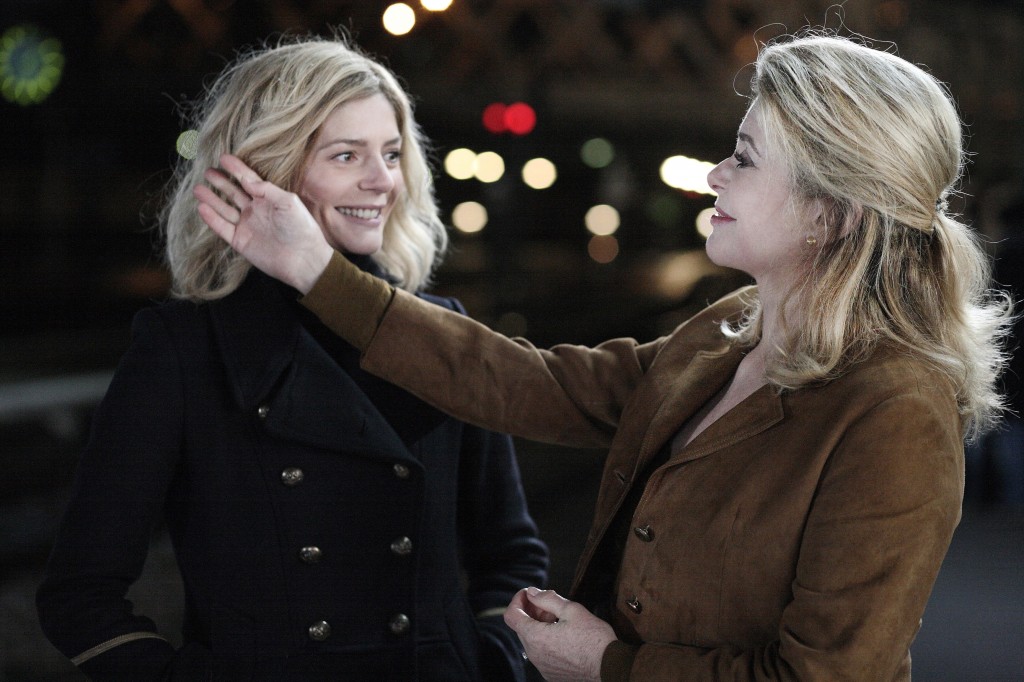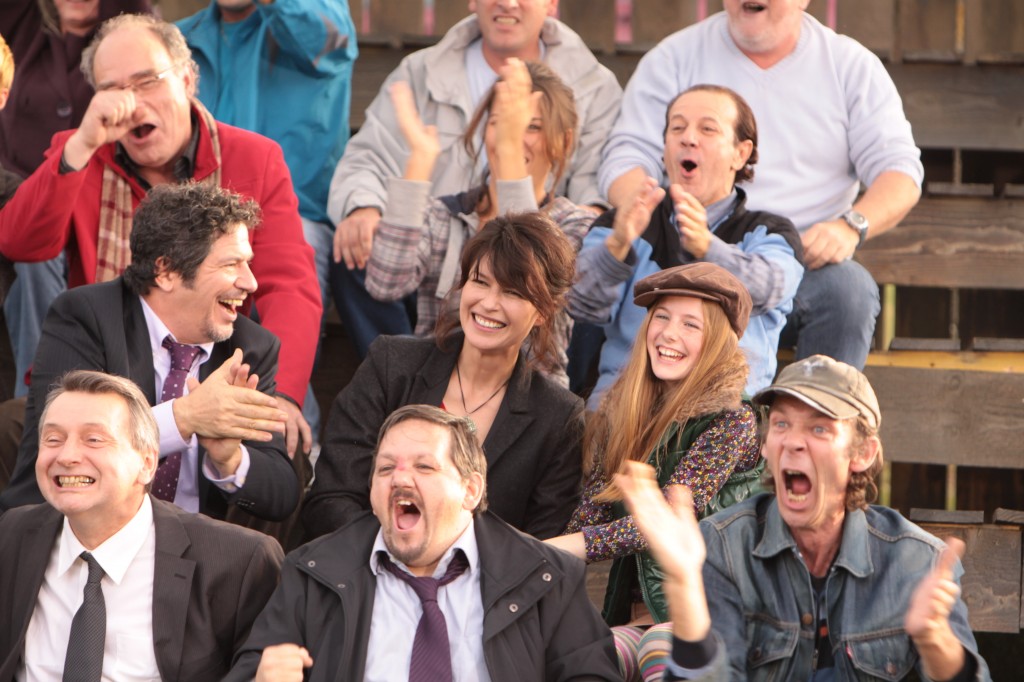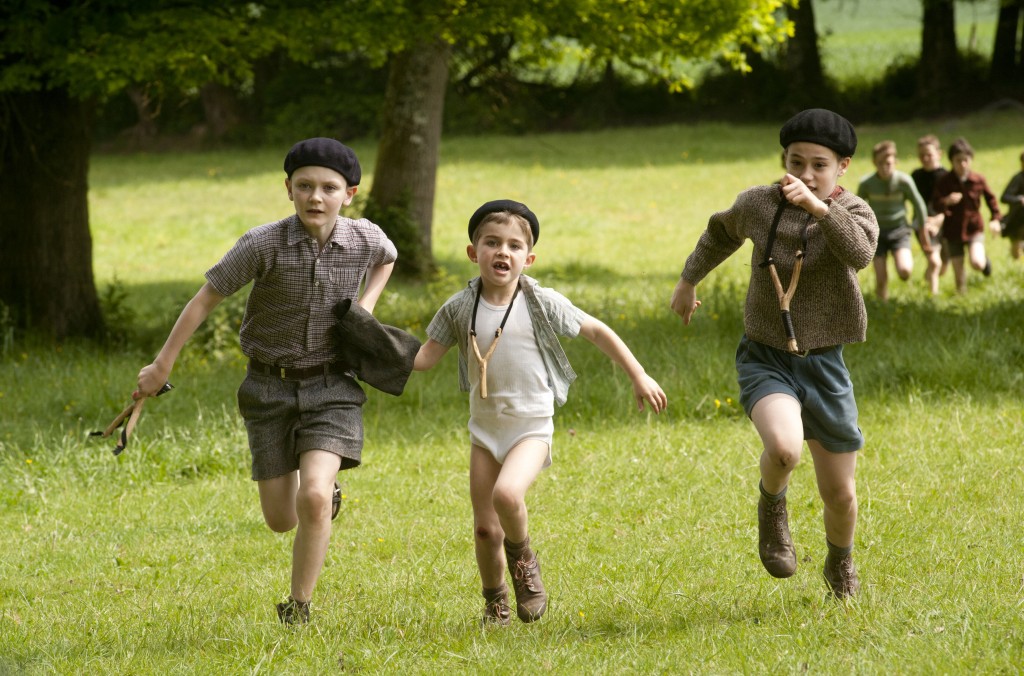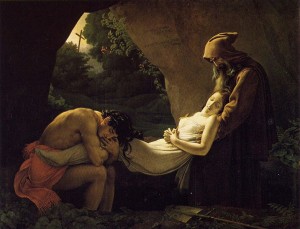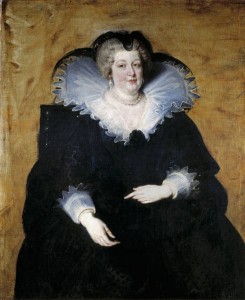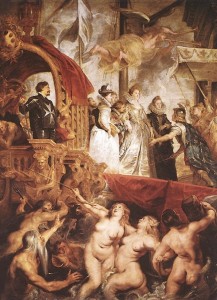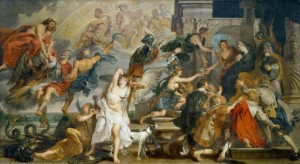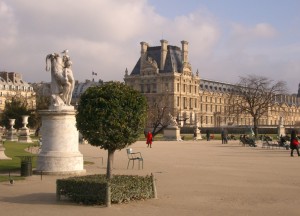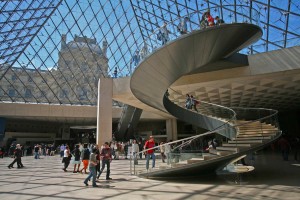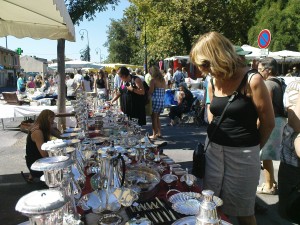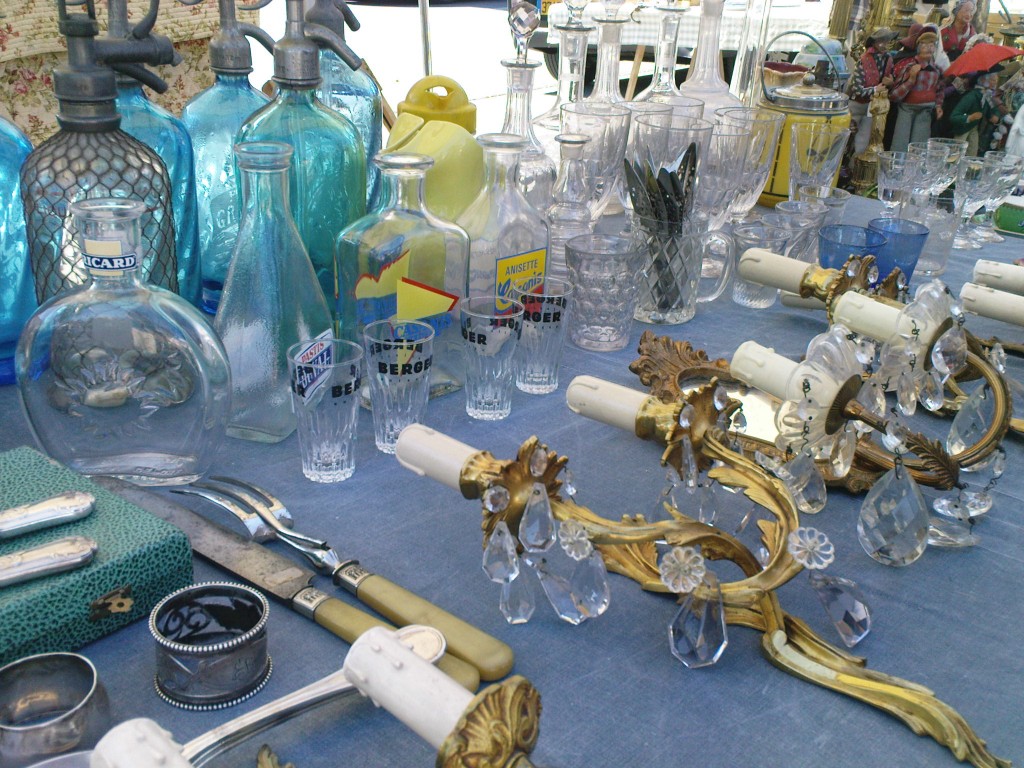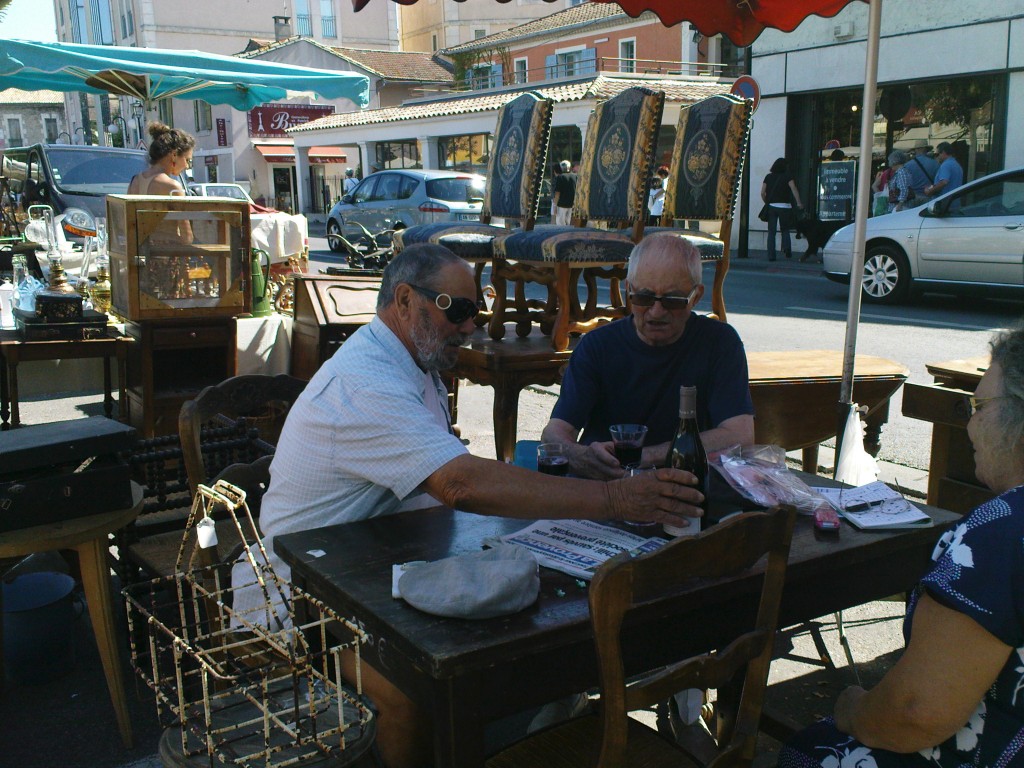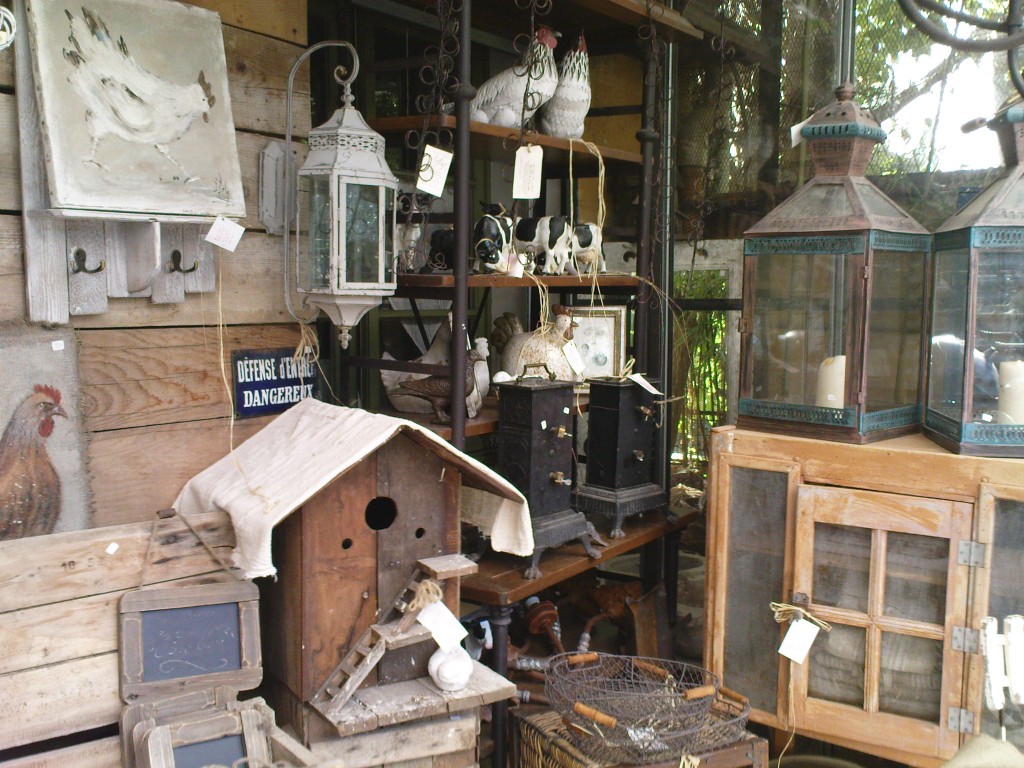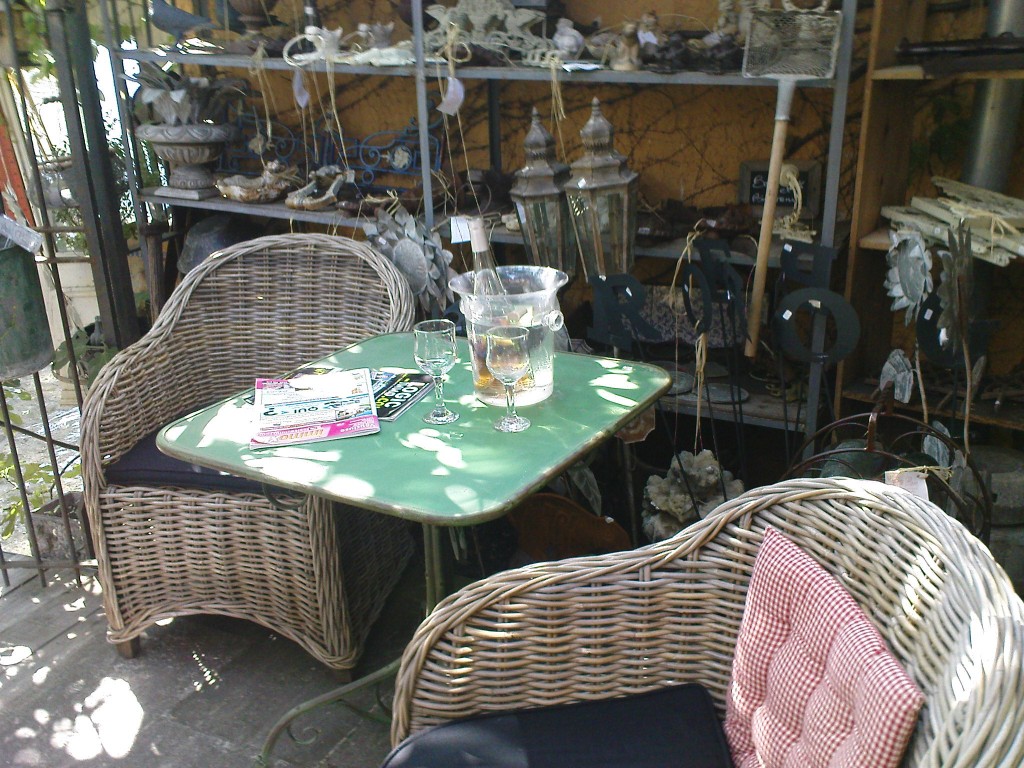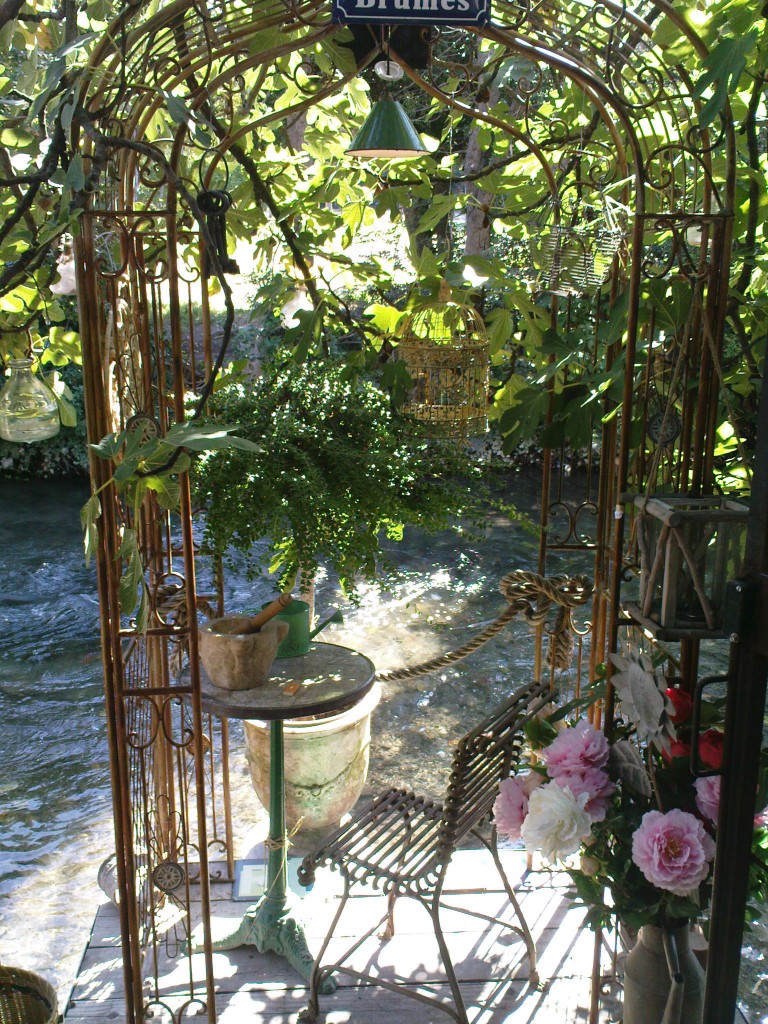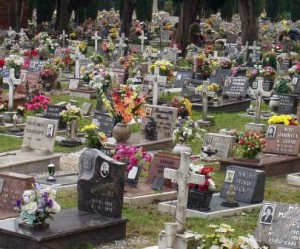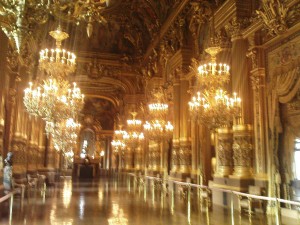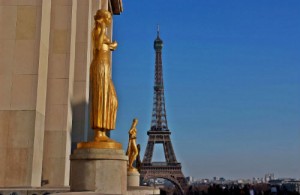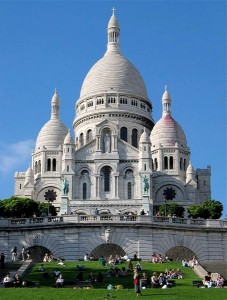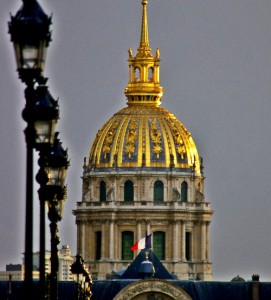I sit on a bench on Place des Abbesses in Paris. There is a colourful merry-go-round in the centre of this autumn- leaf covered square in the heart of Montmartre, Paris. A young Parisian is sitting on the steps of the nearby church strumming on his guitar with his cap waiting hopefully on the footpath for some spare change. “My life is brilliant. My love is pure. I saw an angel. Of that I’m sure”, he sang from the song of James Blunt.
It made me think. It made me think of all those people in history who have wandered through the streets of Montmartre, and sat on the seat where I sit – Van Gogh, Picasso, Lautrec, Cocteau, Montand.
“I saw your face in a crowded place, And I don’t know what to do” the young guitarist continued.
I imagine.
I imagine the faces, like Edith Piaf who probably sat on the same steps singing a song. Imagine! But what of this young man singing, could he end up like Edith Piaf. It was near here that Edith Piaf was discovered by Louis Leplée, and where her life took off, and could the same happen to our guitarist friend.

Edith Piaf. Courtesy of http://www.flickr.com/photos/yidayida/2412603197/
As another wave of camera wielding tourists exited the metro on their way to Sacre Coeur I thought of Edith Piaf. She was born in a doorway in utter destitution near here, to her street dwelling parents, on a wintery December night. Her mother abandoned her and she spent her first years being “cared” for by an aunt and grandmother, being brought up in a brothel. She was blind until she was seven. The local prostitutes at the brothel took Edith to pray at a shrine to Saint Thérèse de Lisieux , where her blindness was miraculously cured.
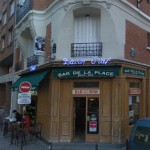
Place Edith Piaf, Metro: Porte de Blagnolet
This was her place. This was where all the artists and singers frequented. From the seedy Rue Pigalle through to the bars and clubs of Belleville, she sang on stages and street corners, ever since she was a young teenager. No guitar in her luggage, just a voice that captured the eye of a night club owner, and eventually the eyes of the world. With her slight stature of 1.45m she soared over the world stage. She will have sat here on my bench under the plane trees pregnant with her daughter Marcelle. She will have sat here making her decision as a 17 year old mother not to look after her newborn daughter, and instead leave her in the care of friends. It may have been here where she mourned the death of this daughter at the age of two years old.
“And I don’t know what to do, ‘Cause I’ll never be with you” my guitarist friend continued.
“The Little Sparrow” as she became known, went on to be the magnet for French music assisting in the arrival of such household names as Yves Montand and Charles Aznavour. I can see them now sitting in front of the Le Saint Jean Bar on the side of the square dragging on their cigarettes and planning their next performances!
Edith Piaf will have strolled through Place des Abbesses with a string of lovers and husbands. She knew love, but she knew despair, as husbands and lovers either were killed (through accident or worse) or they left her.
“But it’s time to face the truth, I will never be with you” my guitarist friend concluded. The present and the past comfortably hold hands on a cold autumn day.
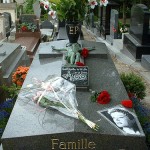
Edith Piaf's tomb in Pere Lachaise Cemetery
Earlier I had travelled by bus to the Cemetery Père Lachaise in Paris. Visiting cemeteries is not a usual trip for me, but was astounded by my journey. Over 30 minutes I walked through the last two centuries of France, and after walking past Jim Morrison and his fans, then Oscar Wilde and his well lipsticked friends, I arrived at the grave stone of the Little Sparrow, Edith Piaf. Her tomb was as small as her stature, but she remained here with her daughter, and one husband, and every day is kept company by her army of admirers. She captured our imagination having written and performed such classic songs as La Vie en Rose, Non Je Ne Regrette Rien, Hymne à l’Amour, Les Trois Cloches (The Three Bells) and Milord.
Having been forbidden a Roman Catholic mass because of her unconventional life style, she was transported through the centre of Paris, farewelled by over 40,000 admirers, to the Père Lachaise cemetery where she now lies. Through a short life of heart-ache and despair, she also experienced brief moments of love and success, but through it all “le petit moineau” admitted “non, je ne regrette rien”, “I don’t regret anything at all, Nor the good that was given me, Nor the evil they’re all the same, No I don’t regret anything at all.”
The Sparrow and the Rose.
La Vie en Rose
The sparrow sang.
La Vie en Rose,
And flew into the Valley of Thorns
As the three bells rang.
—–
From a Parisian street
On a cold winter’s night,
In a country ravaged by war,
Wings desperately beating as it took flight,
A young sparrow’s song
Would make the world’s hearts soar.
—–
La Vie en Rose
The sparrow sang
From the depths of an anguished soul.
—–
La Vie en Rose
The little sparrow sang
In a voice so hauntingly sad.
—–
La Vie en Rose
The bleeding sparrow sang
While impaled on the thorns of life.
Edith Piaf – (1915 – 1963)
(The poem following my narrative was written and shared by the well-known shoe maker, travel blogger and poet, Jim McIntosh, from http://holesinmysoles.blogspot.com/. Jim is one of the world’s caring sensitive citizens who among other things has a passion for preserving and protecting African wildlife and their communities, and anyone with an interest in these concerns would be encouraged to follow and support his generous and charitable activities.)
Interesting Links:
Video Clip
Slide Show
Possible Visits:
Musée Edith Piaf.
5, rue Crespin du Gast , 75011 Paris Tel/Fax: 01 43 55 52 72. Metro: Ménilmontant Bus: 96. Open: by appointment: 1-6 p.m
This museum is in a private apartment where her belongings remain. You need to ring and make an appointment – then climb the four floors to the apartment!
Place Edith Piaf: This bustling square contains a statue of Piaf which was inaugurated by the Mayor of Paris, Bertrand Delanoë, on October 11, 2003, to commemorate the 40th
anniversary of her death. Also includes the Café Bar Edith Piaf! Metro: Porte de Bagnolet (Line 3).
Cemetery Père Lachaise: Metro: Pere Lachaise (Line 3)
Piaf’s Last Address: 67 Blvd Lannes, Metro: Porte Dauphine (Line 2)
